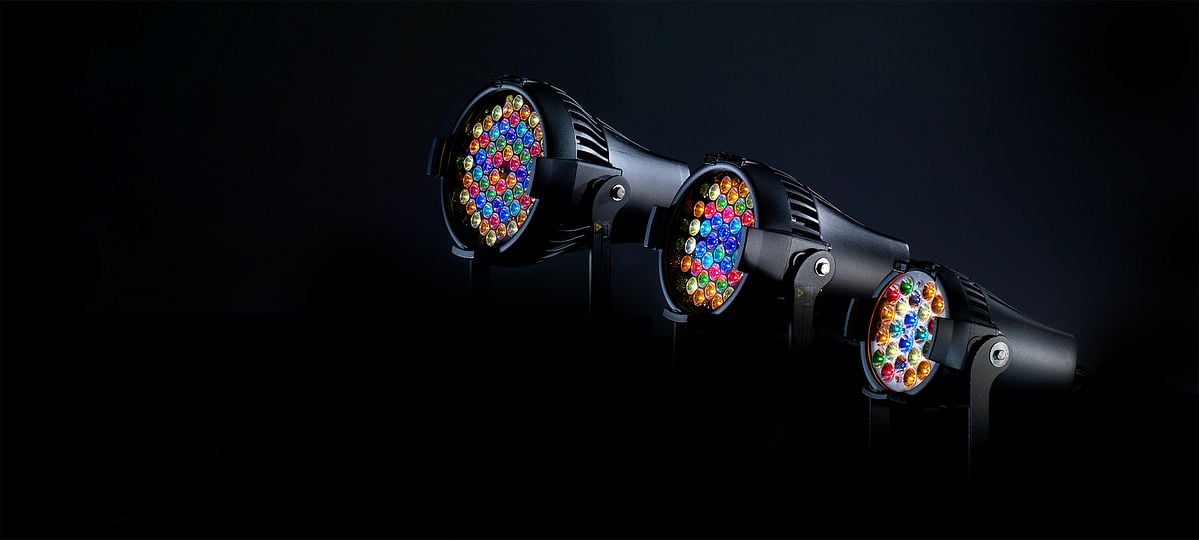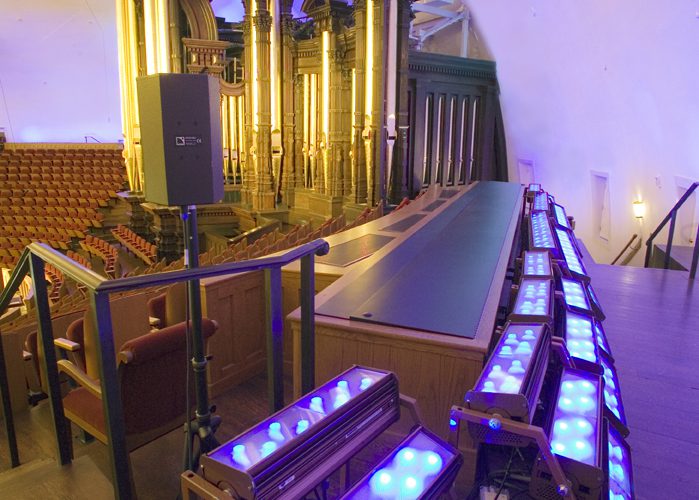Imagine having the power to manipulate color on the fly – quickly and easily being able to tweak and adjust your fixtures to make the costumes pop or the scenery really come to life or add just a little more warmth into skin tones. Now you can.
It is a wonderfully exciting time to be working in lighting. Technology is such that we can do amazing things with light.
Tungsten has been a stable and consistent light source for more than 60 years. It is certainly the light that we grew up with and is still a yardstick by which we often measure and compare different light sources. We love the warmth, its three-dimensionality, and the way it envelops and sculpts a subject. But more than that, we like knowing exactly what we’ll get. Comfortable. Familiar. Dependable. Tungsten is an old friend we’ve known for years. LEDs, on the other hand, have opened up a world of possibility and creativity that were simply not possible with tungsten.
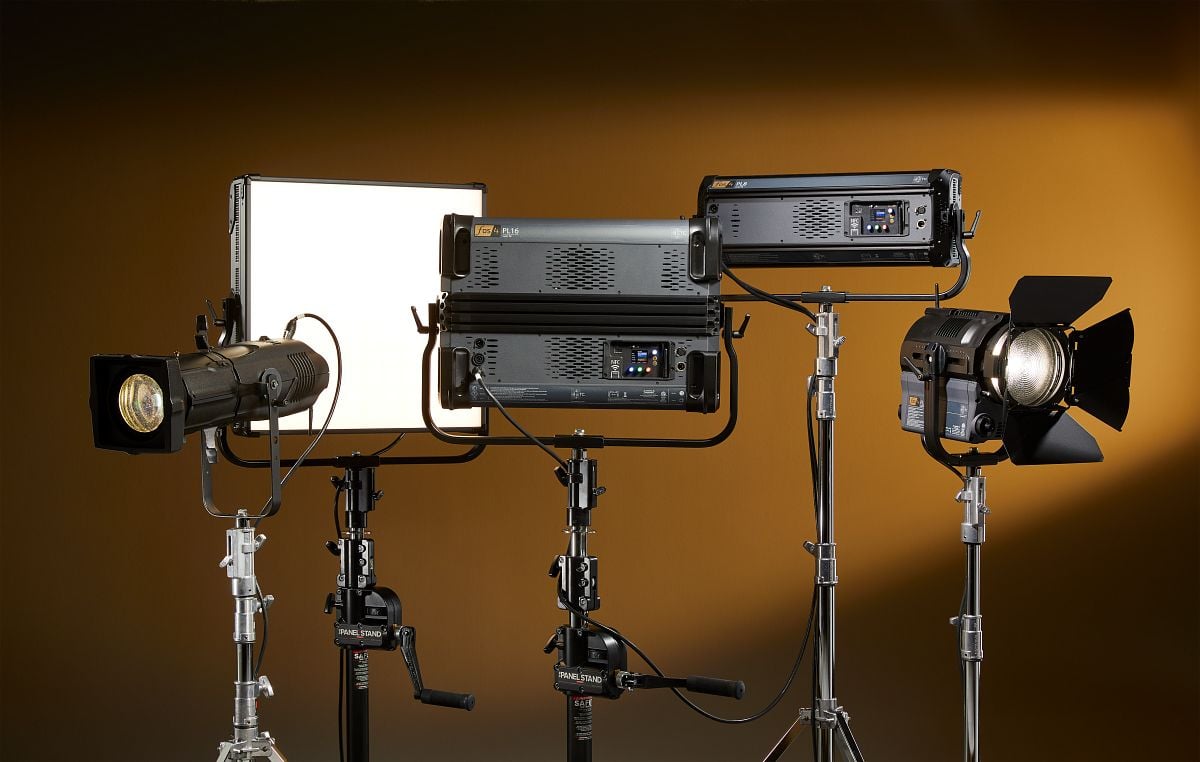
LED
Not long ago at all, LEDs were the new kid on the block. Like any newcomer to the neighborhood, they were trying to fit in. After some hesitancy and reluctance on our part, the lighting community welcomed them, and like any young child, it’s been fun watching them grow up.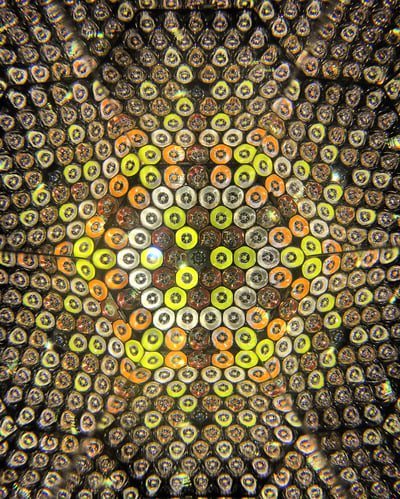
Alright, we’ve tortured that metaphor enough now, so let’s move on to the point of this article – taking a closer look at today’s LED arrays and why our choice of array is becoming more critical than ever.
If we cast our minds back to the arrival of the high-intensity LED in the marketplace, we started with the simplest array – RGB. The common red, green, blue array seemed to be a good starting point as it made use of the three primary colors of light and introduced additive color mixing into our world, bringing with it the advantages over the more conventional subtractive mixing we were all so familiar with. This system was not without its pitfalls, of course, and it wasn’t long before the RGB array was being expanded to include white, amber, lime, and a host of other emitters too.
But first things first. Let’s look at the LEDs that are commonly found in modern luminaires, why they are there, and how each of those different colors contributes to the overall spectrum and color rendering properties of the light. In this first article, we’ll talk about narrow-band emitters: red, green, and blue (or indigo, as you’ll soon learn.)
Narrow Band Emitters
RGB 
First, I think it’s important to clarify at this point that the ‘B’ in RGB is not actually ‘blue’. It is, in fact, indigo. A much richer and more saturated color. The industry has widely elected to refer to this as blue, although technically, this is incorrect.
The technical bit: The indigo emitter typically has a frequency of 450 nm and is a very efficient LED. It is this saturated indigo that enables us to mix the wonderfully rich magenta tones that only LED fixtures can deliver. The major drawback with an RGI(B) array is that all the LEDs are narrow-band emitters. The red (630 - 640 nm), green (530 - 550 nm), and indigo (440 - 450 nm) are designed to emit light in specific frequency bands. So, while in theory, it is possible to achieve any color by mixing these colors additively, the reality is different.
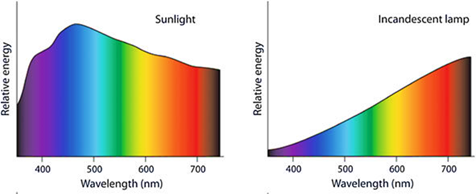
If we consider the Spectral Power Distribution (SPD) graphs for both sunlight and a tungsten lamp, we can see that both sources cover the full visible spectrum, albeit with a bias towards the blue and red portions, respectively. When comparing this to the SPD for a simple RGI(B) system, the missing portions of the spectrum become apparent.
The arty bit: If we were only projecting light onto a white surface, the RGI mix would suffice as these three colors provide enough spectral information to trick our eyes and brains into filling in the gaps. When it comes to lighting a cyclorama, an RGI fixture works, provided you are not too demanding on the precision of your color. Of course, we tend to light surfaces and objects of complex color, and the RGI(B) LEDs are simply not capable of rendering these colors correctly due to the missing portions of the visible spectrum.
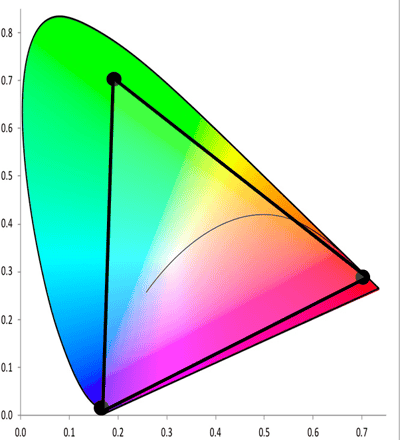 Looking at the chromaticity diagram (CIE 1931), we can plot the points on the scale where the RGI emitters land. By then connecting these points, we create the gamut of color that these emitters can produce. The fixture is only capable of producing colors that fall within this triangle. All other colors are considered ‘out of gamut’.
Looking at the chromaticity diagram (CIE 1931), we can plot the points on the scale where the RGI emitters land. By then connecting these points, we create the gamut of color that these emitters can produce. The fixture is only capable of producing colors that fall within this triangle. All other colors are considered ‘out of gamut’.
While it appears that we are able to produce almost any color, it is how this color will render the lit objects that we should be concerned with – and the missing portions of the spectrum have a huge impact on how the light will be perceived.
In order to get the larger picture, we need to take a closer look at broadband emitters. Check back soon for part two of this article, where we dive into a larger library of colored emitters and what they each mean for color perception in lighting design.
article by: Declan Randall and Wendy Luedtke


